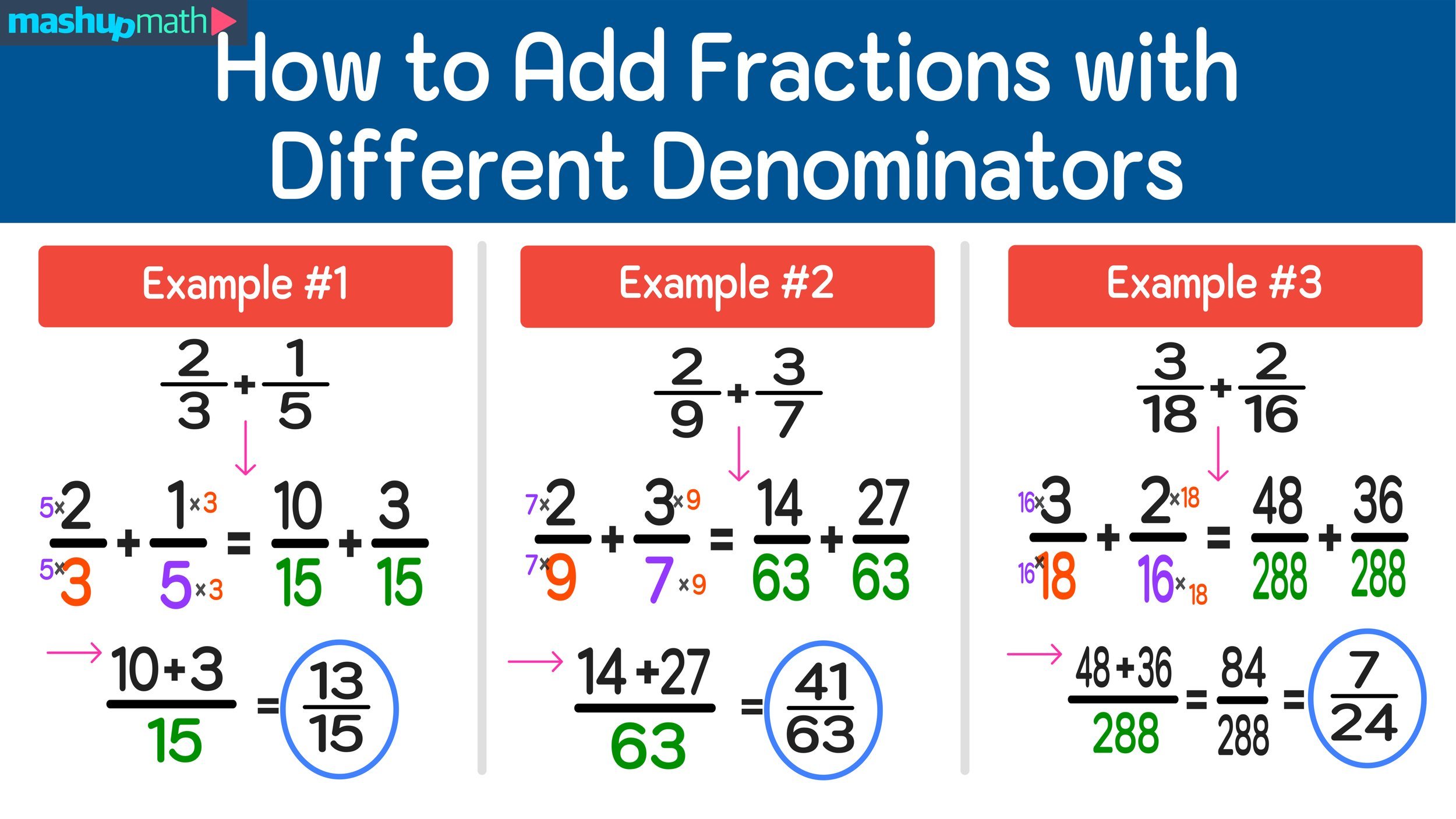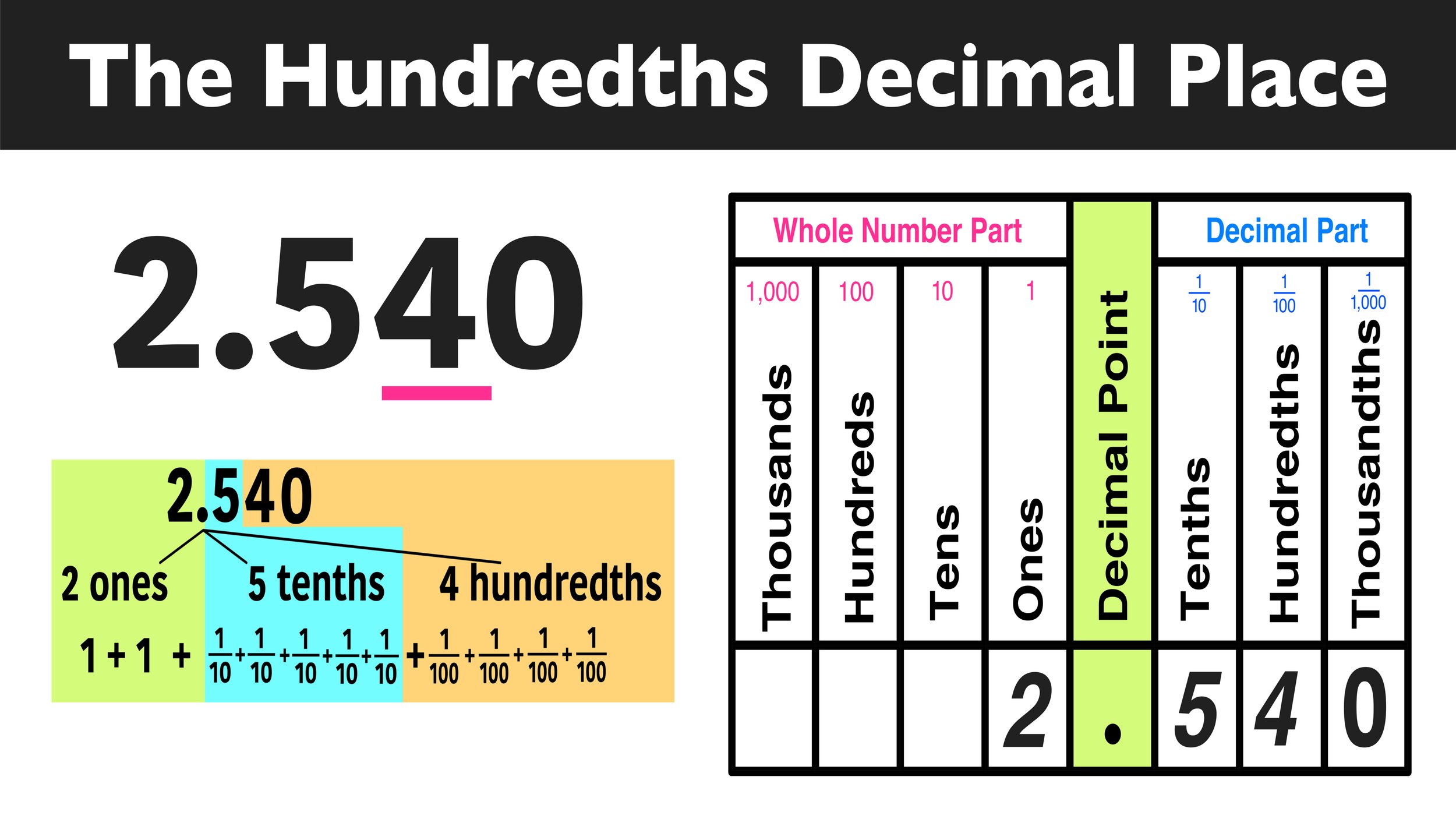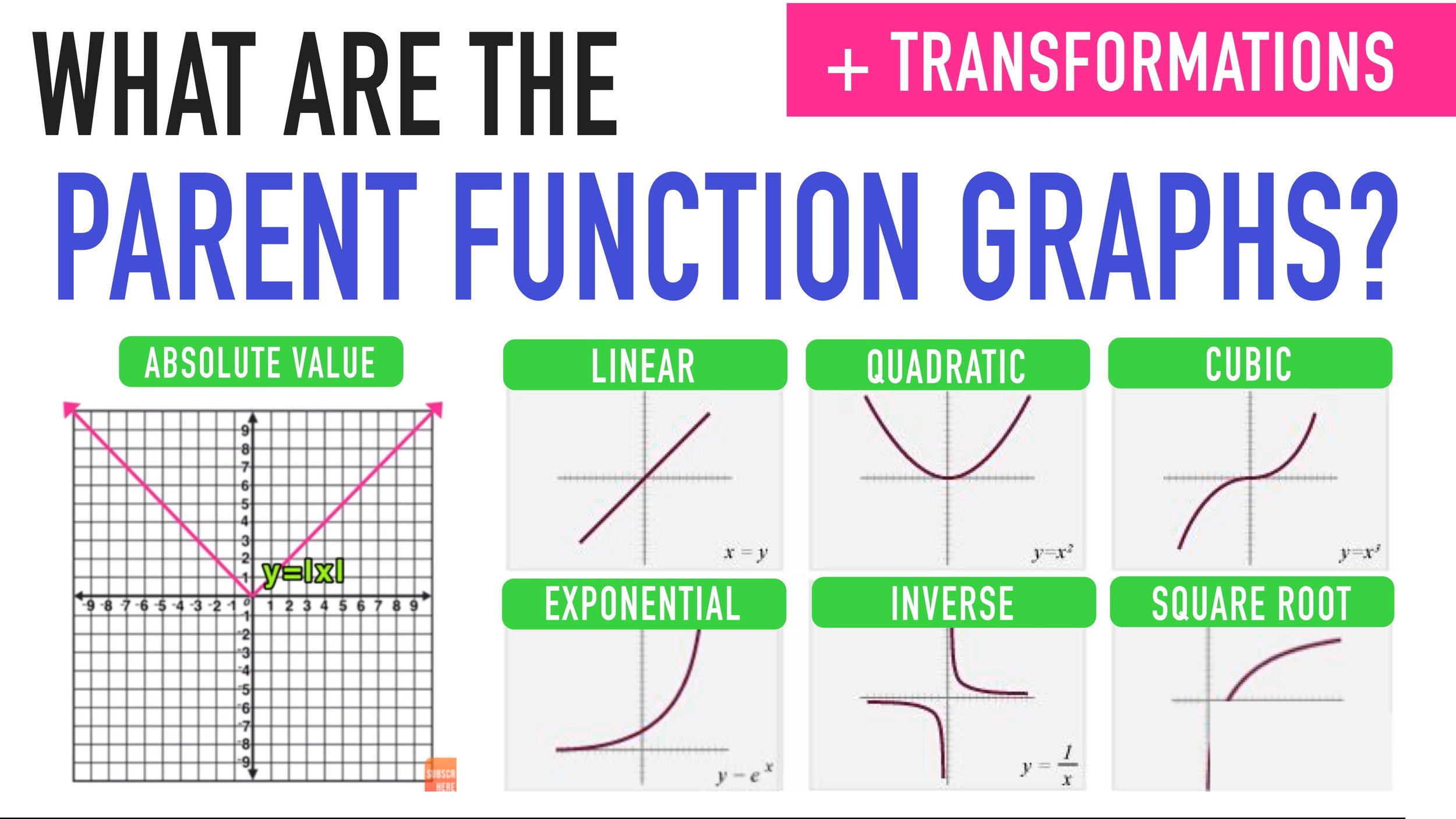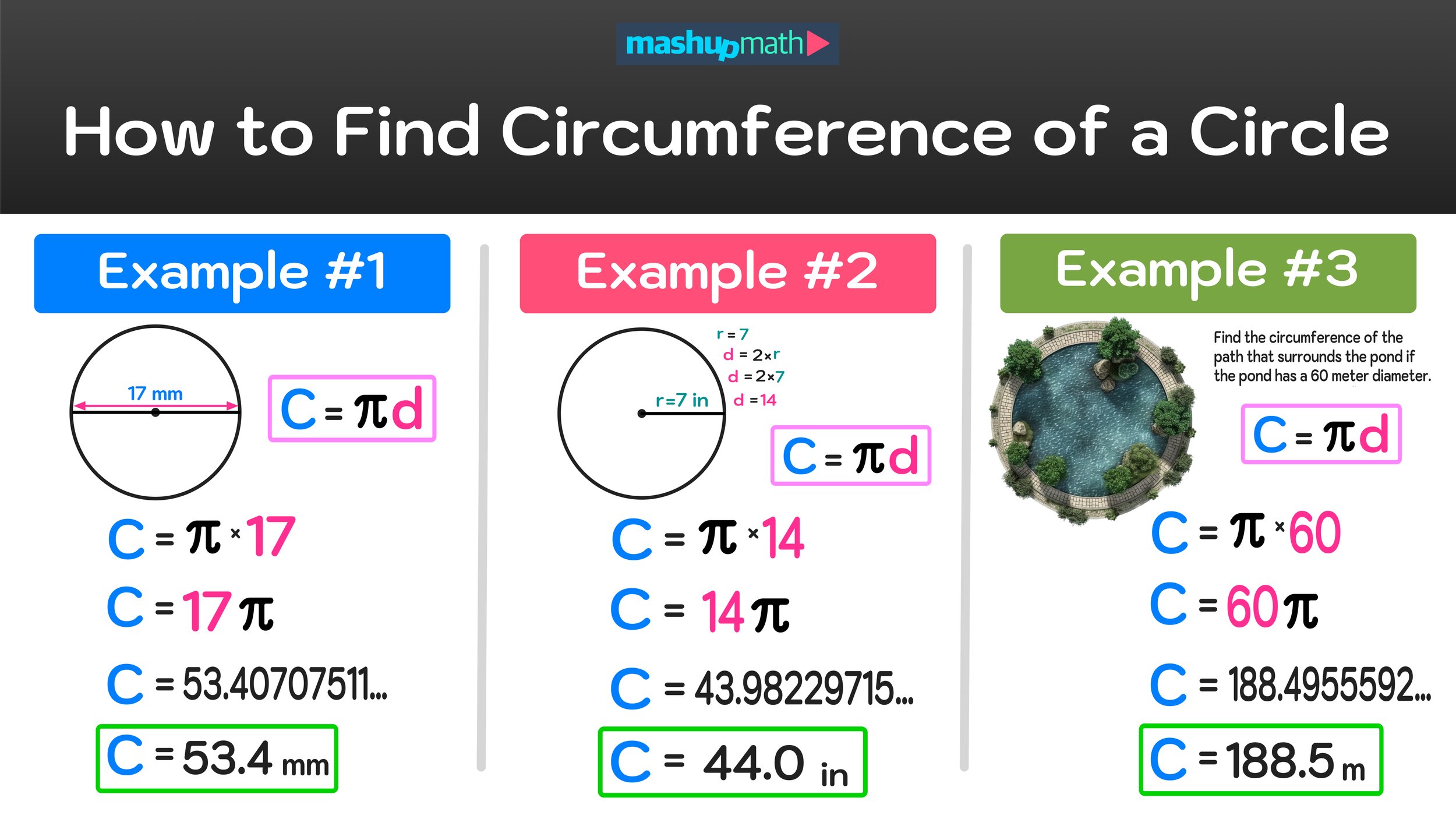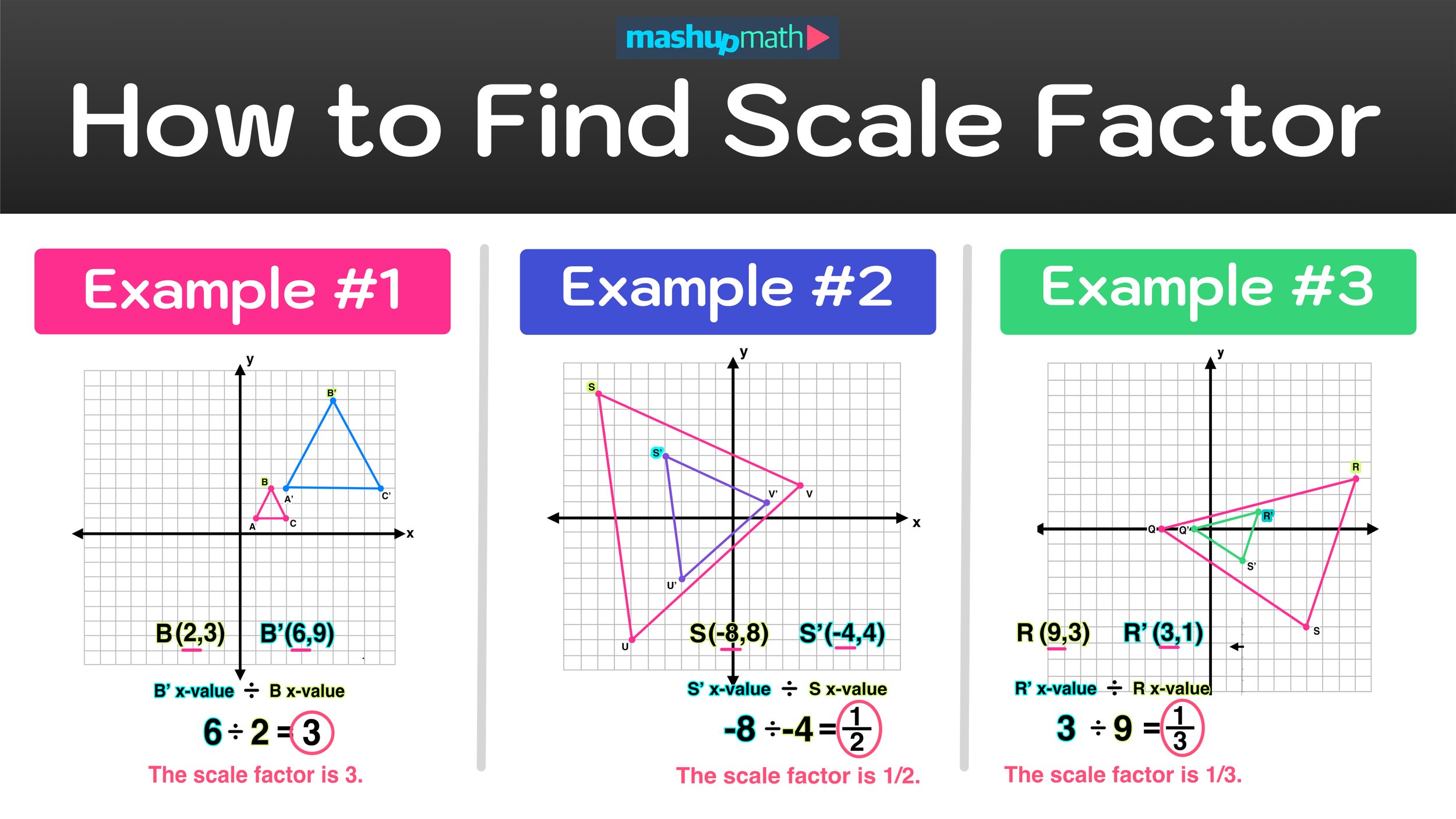Math teachers love gifts!
Yes, it's true that everyone loves presents, but math teachers are notoriously underappreciated and even the smallest gesture fills them with warm fuzziness.
And if your son or daughter was lucky enough to have an awesome math teacher this school year, then you're probably thinking about getting her a gift as a token of your appreciation.
So, what's something that you can buy for your child's math teacher that she would actually want?
First, let me share from experience some things that teachers probably don't want. The list includes school supplies (we have enough already), chocolates and candy (we're all trying to lose weight before the summer), and regifted gift cards to gas stations and convenience stores (they don't excite us either).
If you're struggling to find math teacher gift ideas, the following items will help you show your gratitude and let that special teacher know that she is appreciated and made a difference in your child's development:
1.) Gift Cards (The Good Ones)
Gift cards are great, but they aren't all created equally. Teachers often receive gift cards to retail stores and restaurants that they don't like, and they end up collecting dust in a drawer somewhere. If you are going to get your child's teacher a gift card, be sure that it's for a good or service that he will actually enjoy.
The best gift card I ever received was for a 90-minute massage!
2.) Cute Tee Shirts & Hoodies
Teachers love cute and funny shirts and hoodies that let them express their quirky side and their passion for teaching math. For a truly unique gift, check out these limited-edition math teacher t-shirt and hoodie designs for men and women from Mashup Math (designed by math teachers for math teachers!): click here to get yours.
Funny shirts make a great gift for math teachers!
3.) Healthy Snacks
If you didn't know, teachers are always on diets and trying to avoid the sweets and baked goods that are constantly available in school faculty rooms, especially right before summer vacation. If you want to give food as a gift, share a gift basket full of healthy snacks or a one-month subscription to a health food service like NatureBox.
Healthy snacks are always preferred over candy and junk food.
4.) Something Personalized
For a truly unique and one-of-a-kind gift, get your child's teacher a personalized keepsake to display in her classroom. You can find a ton of inexpensive DIY ideas as well as custom printed or embroidered teacher gifts on sites like Pinterest and Etsy.
This personalized pencil holder is available for $15.00 on Etsy.
5.) A Heartfelt Letter
It may sound cheesy, but the best gifts in life are often the ones that don't cost anything. While material gifts are always nice, they pale in comparison to a thoughtful, heartfelt letter that vividly describes the positive impact your teaching had on a particular student. These are the gifts teachers save for years and return to often for encouragement and inspiration.
Teachers love receiving heartfelt letters of appreciation from parents.
Have any more ideas for awesome gifts for math teachers? Share your thoughts in the comments section below!
(Never miss a Mashup Math blog--click here to get our weekly newsletter!)





















